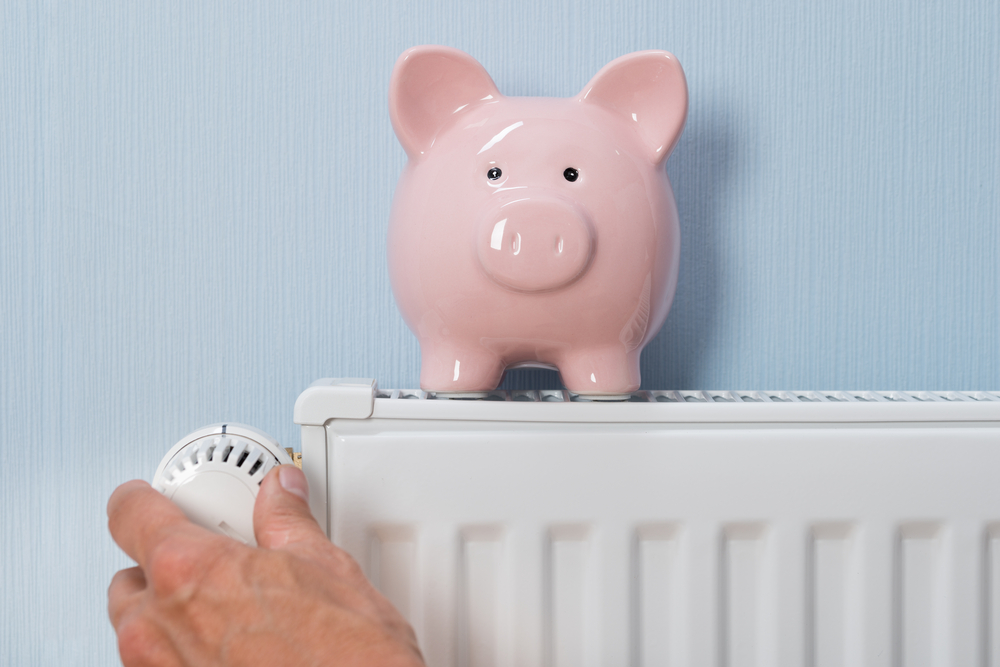Household Bills
Low income households pay three times more for energy than higher earners

The most financially disadvantaged households are paying £60 more for their energy each year compared to those with the highest disposable income, research shows.
The ‘energy inequality’ is because more than half of all households with an income under £12,000 are on an expensive standard variable tariff (SVT).
Four in ten (43%) of those earning between £16,000 and £19,999 are on an SVT or default tariff, compared to 37% of those with an income of between £25,000 and £34,999.
By comparison, only 32% of those with a household income of between £45,000 and £59,999 are on a pricey standard tariff.
The research from Comparethemarket looked at bills in deprived and nondeprived areas of Britain; lower versus higher household incomes; and the percentage of income households spend on their energy bills.
It found that poorer households spend more per unit of energy compared to those with a higher income. This, it said, is because a greater proportion of poorer households are on standard variable tariffs or use prepayment plans. Both these methods of paying for energy usually mean higher unit costs and more expensive bills.
In the 10% most deprived areas of Britain (based on income, employment, health, education and crime levels), the annual cost of energy is £1,123. This is £60 per year (5.7%) more than the annual cost of energy in the 10% of most affluent areas of England, which stands at £1,063.
For those with the lowest disposable income, the comparison site revealed that energy spends make up 7.8% of total weekly expenditure – three times more than the energy outgoings of the top 10% of affluent households.
‘Inequality at the heart of the energy market’
Peter Earl, head of energy at Comparethemarket, said: “These findings indicate a pattern of inequality at the heart of the energy market. It is regressive that those who are most disadvantaged by higher energy bills end up paying more than those who can more easily afford it. While the difference in prices may seem small to some, for those struggling to make ends meet it isn’t small change, and month-to-month can quickly add up.
“Encouragingly, there is a market solution to this issue, which is to urge all households with a standard meter to switch to a competitively priced fixed tariff deal. The energy price cap, far from being an affordable or good value price to pay for energy, is in fact hundreds of pounds more expensive than the cheapest tariff currently on the market.”
Comparethemarket said the 20 cheapest available tariffs on the market are more than £300 cheaper than the current default rates.
